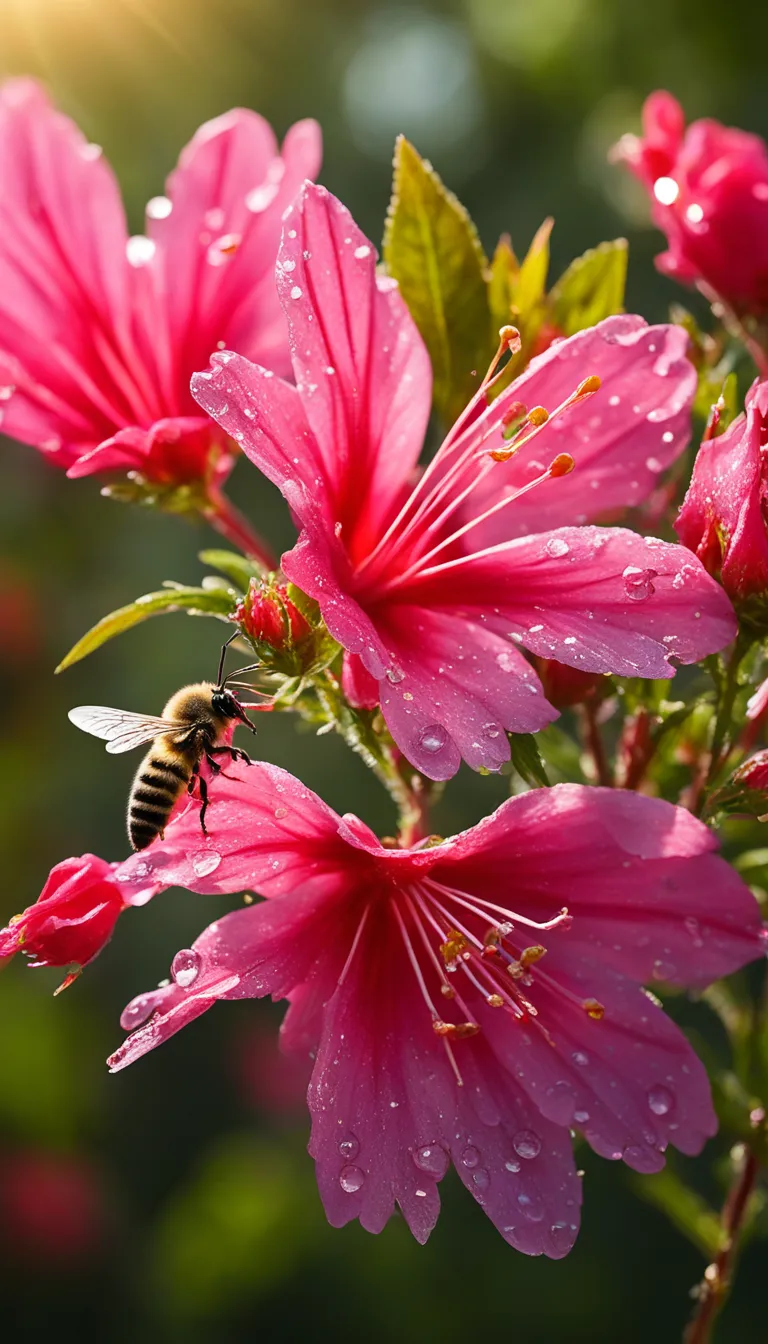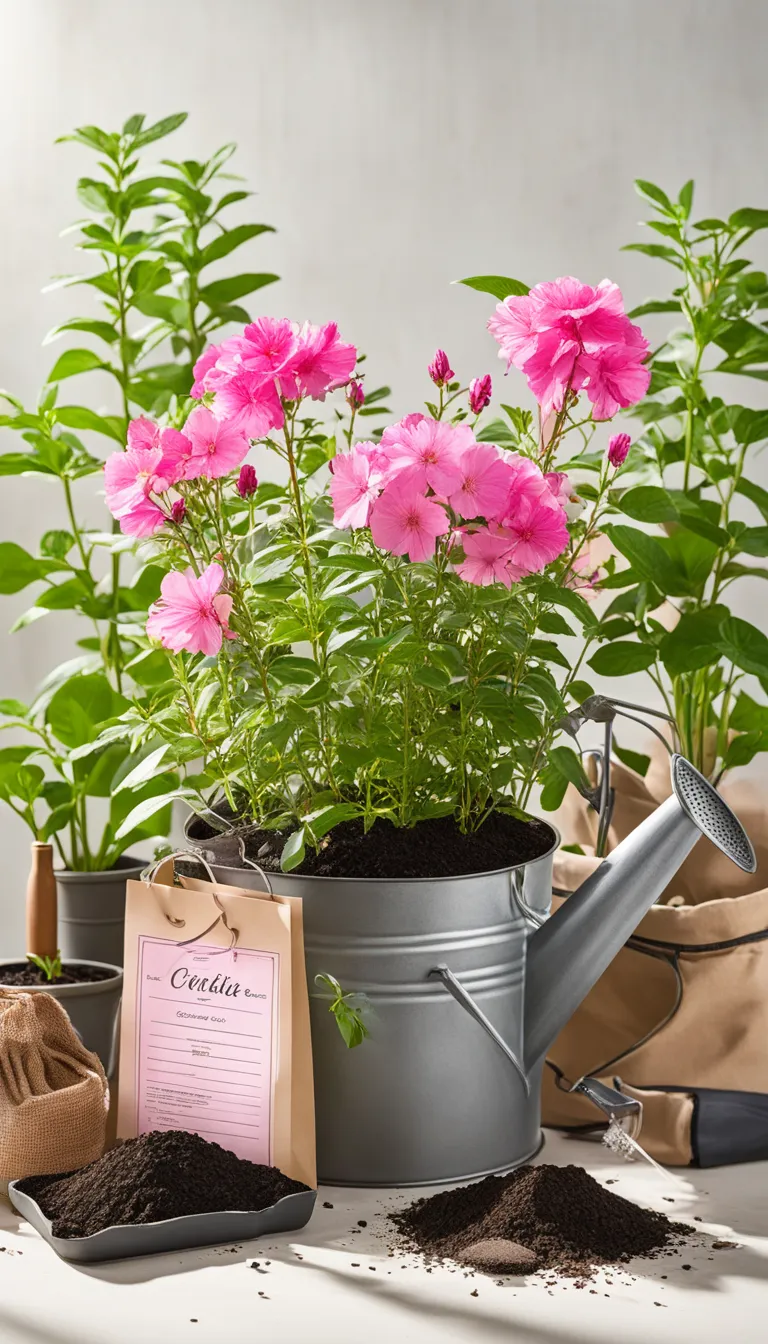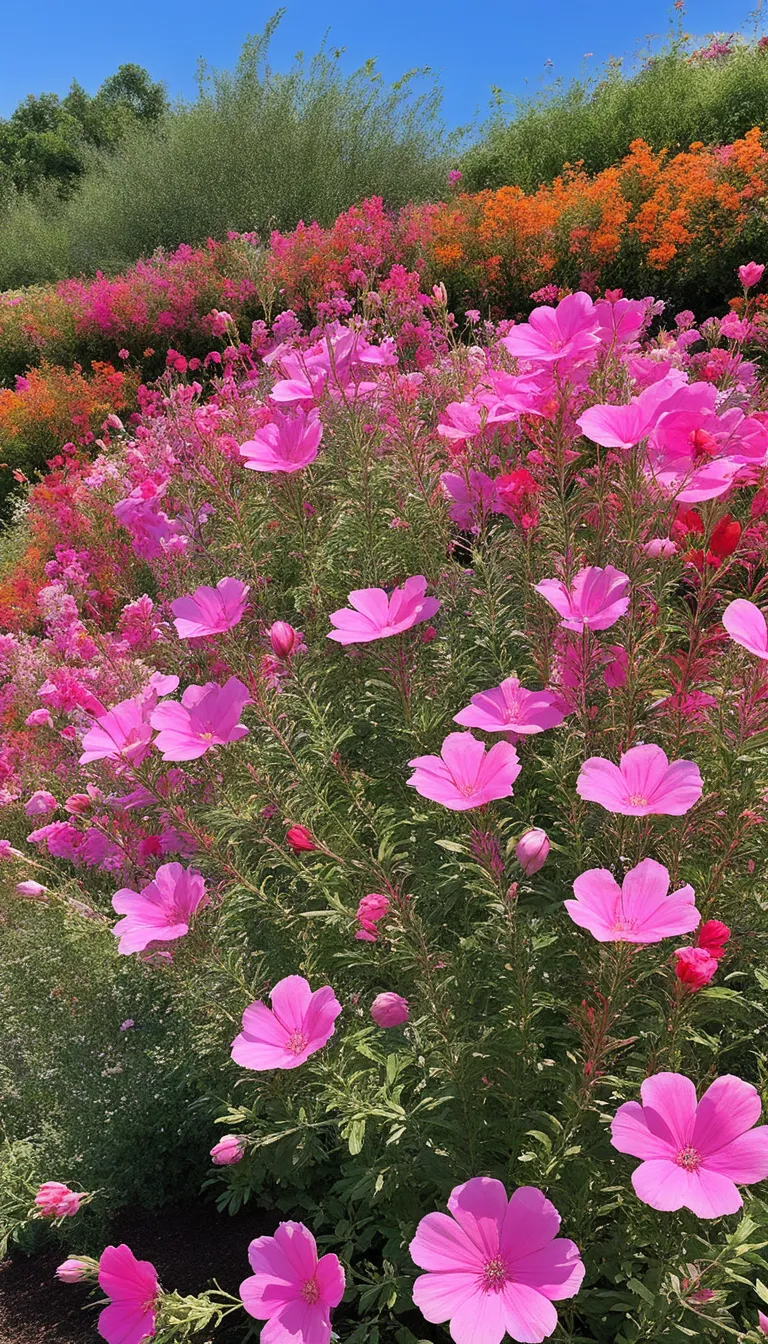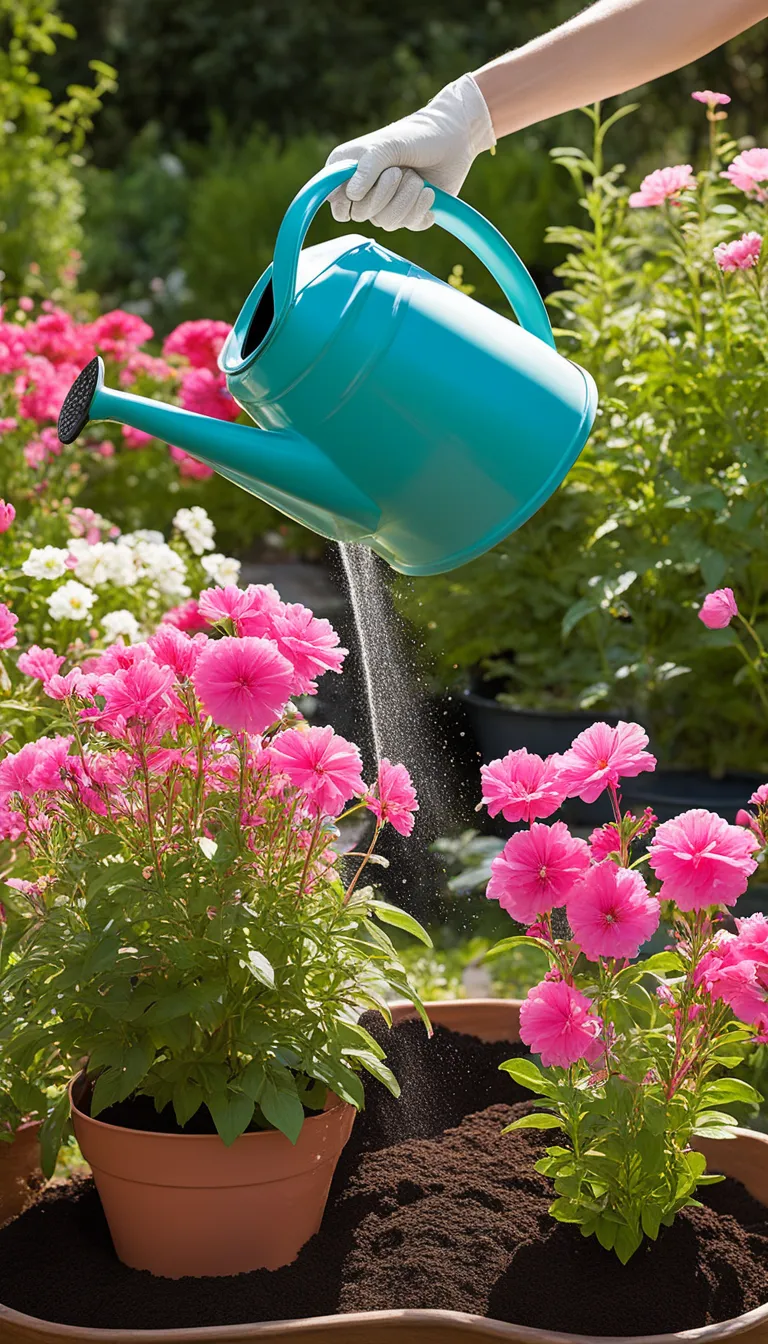Clarkia, also known as farewell-to-spring, is a charming flower with a rich horticultural background and diverse varieties. Its delicate blossoms are a visual surprise, bursting with colors and textures that can transform any garden into an explosion of beauty. Have you ever wondered how such a subtle plant could hold so much allure?
The origins of Clarkia are as fascinating as the flower itself. Named after William Clark of the Lewis and Clark expedition, these flowers carry historical significance that dates back to their discovery in the early 19th century. Botanically speaking, Clarkia is a member of the Onagraceae family, which is known for its vibrant and distinctive blooms. But what really sets Clarkia apart is its ability to adapt and thrive, much like the explorers who brought it to our attention.
Caring for Clarkia is like nurturing a delicate friendship—it requires attention, understanding, and a touch of love. Light is crucial; these flowers bask in the glory of full sun but can tolerate partial shade. When it comes to watering, think of Goldilocks—just right is the way to go. Too much, and you’ll drown its spirit; too little, and it will wither. And let’s not forget about the soil; well-draining with a hint of organic matter will make Clarkia’s roots feel right at home.
Did you know that Clarkia boasts a plethora of species, each with its own unique personality? Let’s take a quick dive into this botanical explosion:
- Clarkia amoena – The showstopper with its large, pink flowers.
- Clarkia unguiculata – Elegant and slender, it’s a true garden ballerina.
- Clarkia concinna – Small but mighty, with a burst of color that defies its size.
- Clarkia williamsonii – A rare gem that reminds us of the beauty of discovery.
Each variety brings its own explosive character to the garden, creating a tapestry of color and form that’s as unique as the flower’s history.

What is Clarkia?
Clarkia, also known as farewell-to-spring, is a charming flower with a rich horticultural background and diverse varieties. Its delicate beauty and vibrant colors can truly make you pause and admire the wonders of nature.
Have you ever stumbled upon a Clarkia flower and wondered about its story? Well, let’s dive into the origins, botanical characteristics, and historical significance of these enchanting blooms. Clarkia flowers belong to the genus Clarkia, which was named after the explorer William Clark of the Lewis and Clark expedition. Native to the western United States, these flowers carry with them a piece of history and the spirit of exploration.
Their botanical charm is not just in their name. Clarkia flowers exhibit a range of forms, from cup-shaped to flared petals, and they come in a spectrum of colors including pinks, purples, whites, and reds. Each petal often has a distinctive splash or streak, adding to their unique appeal. But wait, there’s more! Did you know that these flowers are also known for their surprising resilience? They can often be seen bursting with color in late spring, bidding a bold farewell to the season.
Historically, Clarkia has been a symbol of both beauty and endurance. They are a testament to the rich biodiversity of the regions they inhabit and have been celebrated by gardeners and nature enthusiasts alike for their ability to thrive with minimal care.
- Origin: Named after explorer William Clark.
- Botanical Characteristics: Cup-shaped to flared petals, vibrant colors.
- Historical Significance: Symbol of beauty and endurance, part of American exploration history.

How to Care for Clarkia?
Caring for Clarkia plants isn’t just a gardening task; it’s a delightful journey into nurturing a burst of beauty that can take your breath away. These blossoms, with their surprising range of colors and forms, are like a spectacular explosion in the quiet corner of your garden. But how do you ensure that this visual feast continues to thrive? Let’s dig into the essentials of Clarkia care.
Firstly, Clarkia loves the sun. Imagine them as sunbathers, lounging in the light, basking in its warmth. Ensure they get at least 6 hours of direct sunlight daily, which is crucial for their growth and bloom vitality. However, in extremely hot climates, a bit of afternoon shade won’t hurt and can actually help prevent wilting.
When it comes to watering, Clarkia’s motto is ‘just right’. Overwatering can lead to root rot, while underwatering can stress them out. The key is to maintain moderately moist soil. A good rule of thumb is to water when the top inch of soil feels dry to the touch. Here’s a quick guide:
- Watering Schedule: Regular but not excessive; adjust based on weather conditions.
- Soil Check: Before watering, do a quick finger test for moisture.
- Drainage: Ensure your soil has good drainage to avoid waterlogging.
Speaking of soil, Clarkia flourishes in well-drained, fertile soil. A mix that includes organic matter like compost will give them the nutrients they need without holding too much water. If you’re unsure about your soil’s quality, consider a simple test or amendment with organic materials.
Remember, the care you give to these flowers is directly proportional to the joy they’ll bring. Treat them well, and Clarkia will surely give you a grand finale to spring with their radiant blooms.

What are the Clarkia Varieties?
Clarkia enthusiasts are often surprised by the explosion of varieties this genus has to offer. Each species brings its own unique charm to gardens and floral arrangements. Let’s dive into some of the most popular varieties that you might consider adding to your own horticultural collection.
The Clarkia amoena, also known as the Farewell-to-Spring, is a fan favorite for its vibrant pink and lavender hues. It’s a delightful sight as it waves goodbye to the spring season. On the other hand, the Clarkia unguiculata, with its elegant long petals, is often found in shades of white and pink, adding a touch of sophistication to any setting.
For those who prefer a palette of sunset colors, the Clarkia pulchella, or the Pinkfairies, offers a blend of orange and pink blossoms that can warm up any garden space. Meanwhile, the Clarkia concinna, with its smaller yet intensely colored flowers, can create a stunning visual impact even in the most subtle garden designs.
- Clarkia amoena (Farewell-to-Spring)
- Clarkia unguiculata (Elegant Clarkia)
- Clarkia pulchella (Pinkfairies)
- Clarkia concinna (Red Ribbons)
Each variety of Clarkia not only differs in color but also in blooming patterns and growth habits. Whether you’re looking for a tall, bushy plant or a ground-covering splash of color, there’s a Clarkia variety that’s perfect for your garden’s needs. The diversity within this genus ensures that there’s always a new Clarkia to discover and cherish!





